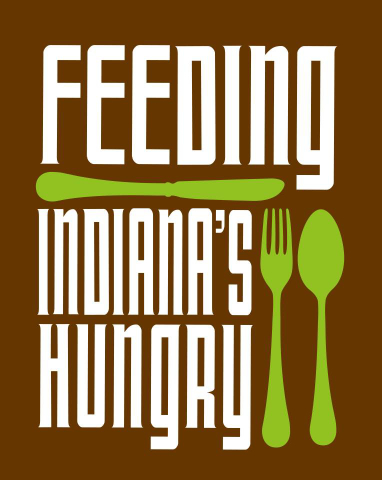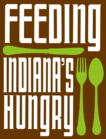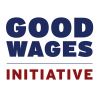What does hunger look like in the wealthiest nation in the world? What it doesn’t look like is what we imagine from exposure to graphic images of global hunger, the easily identifiable need for food exemplified by bloated bellies and thin bodies. But in our state and our country, it bears little resemblance to famine and instead is less visible—unhealthy diets, fewer options, smaller portion sizes, and skipped meals.
The United States Department of Agriculture, which measures food insecurity, defines it as “limited or uncertain availability of nutritionally adequate and safe foods or limited or uncertain ability to acquire acceptable foods in socially acceptable ways.” The USDA says the agency doesn’t measure ‘hunger’ or the number of ‘hungry people’ because “food insecurity is a household-level economic and social condition of limited access to food, while hunger is an individual-level physiological condition that may result from food insecurity.” To determine the food insecurity rate in the U.S., the USDA conducts an annual survey of about 45,000 households and asks a series of questions. If a household reports three or more conditions that indicate food insecurity, the household is classified as “food insecure”.
So then what does ‘hunger’ look like in America? It’s a mom diluting her baby’s formula to make it stretch until she can afford more. It’s parents splitting a meal or going without so that their kids have enough to thrive and grow. It’s people swallowing their pride to ask for help from friends, family, or their local food pantry. It’s a senior living on a fixed income who skimps on food to pay for medication or the heating bill. It’s families eating starchy processed foods, sugary drinks and snacks to fill them up because meat and produce are too expensive. It’s kids who don’t come to school prepared to learn because they haven’t had breakfast, who often get a single nutritious meal a day with school lunch, and who don’t get what they need to eat on weekends, school breaks, and summer vacation. It’s obese adults and children, dealing with the health impacts of a poor diet like diabetes, heart disease, stroke and high blood pressure. At its worst, it’s not eating for a whole day because there isn’t any food in the house, transportation to get to a meal, or money to buy one.
Inadequate food and nutrition result in poor health, children unable to concentrate, workers lacking the energy and focus to contribute, and seniors less likely to live independently.
Indiana’s food banks provide help and hope to the one in six Hoosiers who are at risk of hunger, and the one in four children. The member food banks of Feeding Indiana’s Hungry provide food to more than 1,700 church pantries, soup kitchens, homeless shelters, after school programs, and other nonprofits, while also providing weekend food for children and senior boxes for home use. 73.7 million pounds of food, or roughly 61 million meals, were distributed last year. But that’s less than three weeks’ worth of food per person in need, when we know that much more is needed. Many Hoosiers lacking the resources to eat properly qualify for federal nutrition assistance programs like the Supplemental Nutrition Assistance Program (SNAP, formerly Food Stamps), Supplemental Nutrition for Women, Infants, and Children (WIC), or Free and Reduced School Lunch and Breakfast, but may still need extra food because these benefits often don’t stretch far enough for a family in poverty that has difficulty affording other essential needs. Many Hoosiers impacted by unemployment and underemployment don’t qualify and turn exclusively to the charitable sector for help to feed their families.
Food banks are utilizing every possible resource for food and funds available at this time to meet the demand that is anything but decreasing. Our clients will be the last to see economic recovery come, and it hasn’t arrived yet. That is why we reach out to our elected leaders for help. It’s why we need all Hoosiers to help us. And it’s why we tell the stories of children and grandparents, working parents, and our friends and neighbors who are, for a better way to describe it, hungry.



